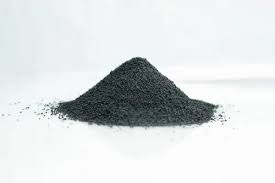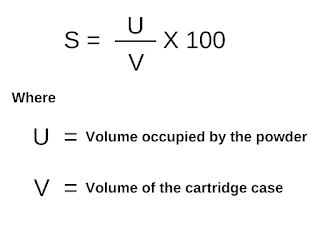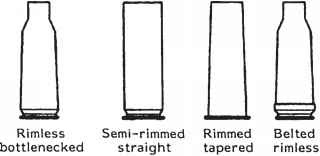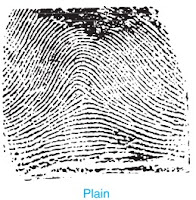General Principles in Internal Ballistics
1. Energy Considerations
A projectile that needs to be put in motion needs energy. Whether it is throwing stones into the atmosphere or flying arrows. In both examples, human (mechanical) energy is involved. But, in the case of a firearm, to put a projectile (bullet) into motion, chemical energy is used which comes from the burning of propellants.
2. Propellents
Gunpowder is the most commonly used propellant in modern firearms. Propellents have unique characteristics in that they burn rapidly releasing large volumes of gases at high temperatures. These gases produce high pressure which put the projectile into motion.
It is noted that only a little portion of this energy gets converted into kinetic energy of the projectile, the rest energy is wasted and dissipated as a muzzle blast.
3. Initiation
Upon squeezing the trigger, the firing pin impacts the primer, initiating the ignition process. The primer then compressed and explodes that provides a frame that ignites the propellents. If the primer mixture pellet is small, old, and defective then the initiation of propellent is slow and delayed and the projectile will not acquire sufficient energy for motion.
On the contrary, if the size of the primer pellet is large then the propellent will burn more rapidly which can injure the shooter. Therefore, proper initiation is necessary for correct and regular ballistics.
4. Role of combustion of propellents
The rate of combustion of propellents directly affects the projectile. Some propellants burn quickly while some burn slowly. In firearms with short barrels, a fast-burning propellant is necessary to ensure gas generation before the projectile is expelled from the firearm.
If slow-burning propellant is used, the projectile does not acquire the desired velocity. Therefore, it is necessary to know the rate of combustion of propellents to calculate the motion of a projectile.
5. Density of loading
The density of loading of a firearm is calculated by
Generally, Rifle cartridges have a loading density between 75 to 95. Higher loading densities allow uniform burning, proper development of pressure, and regular velocities of the projectile. While lower loading densities give 'hang fire' incomplete combustion and irregular velocities.
6. Atmospheric Temperature
Extreme atmospheric temperature directly affects the internal ballistics. In hot places, the pressure developed inside the barrel may be excessive and the weapon may burst. Whereas, In cold places, the propellent may burn slowly and the projectile may develop low velocities. It has been noted that the variation in velocities is about 1 m per second per ℃.
7. Shape of the cartridge case
If there is an abrupt junction of the neck and the cartridge case, the pressure developed will be more and combustion will be uniform. It is because hot gases quickly ignite the propellent in every corner. Thus, correct initiation and complete combustion of the powder charge take place inside the cartridge case.





